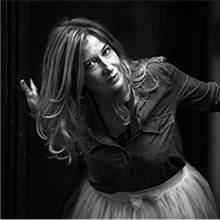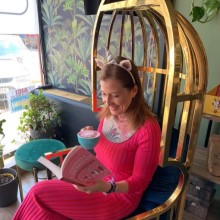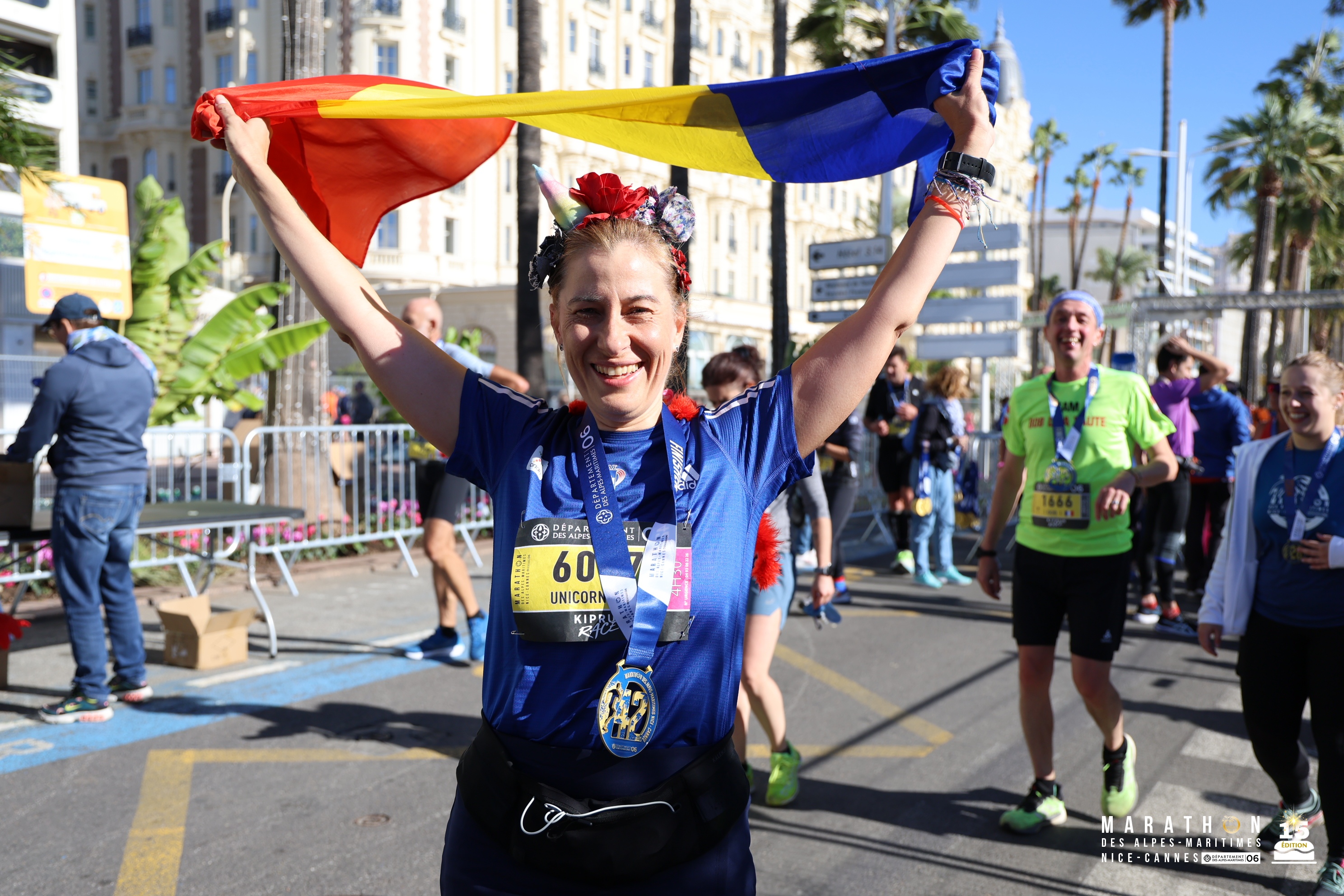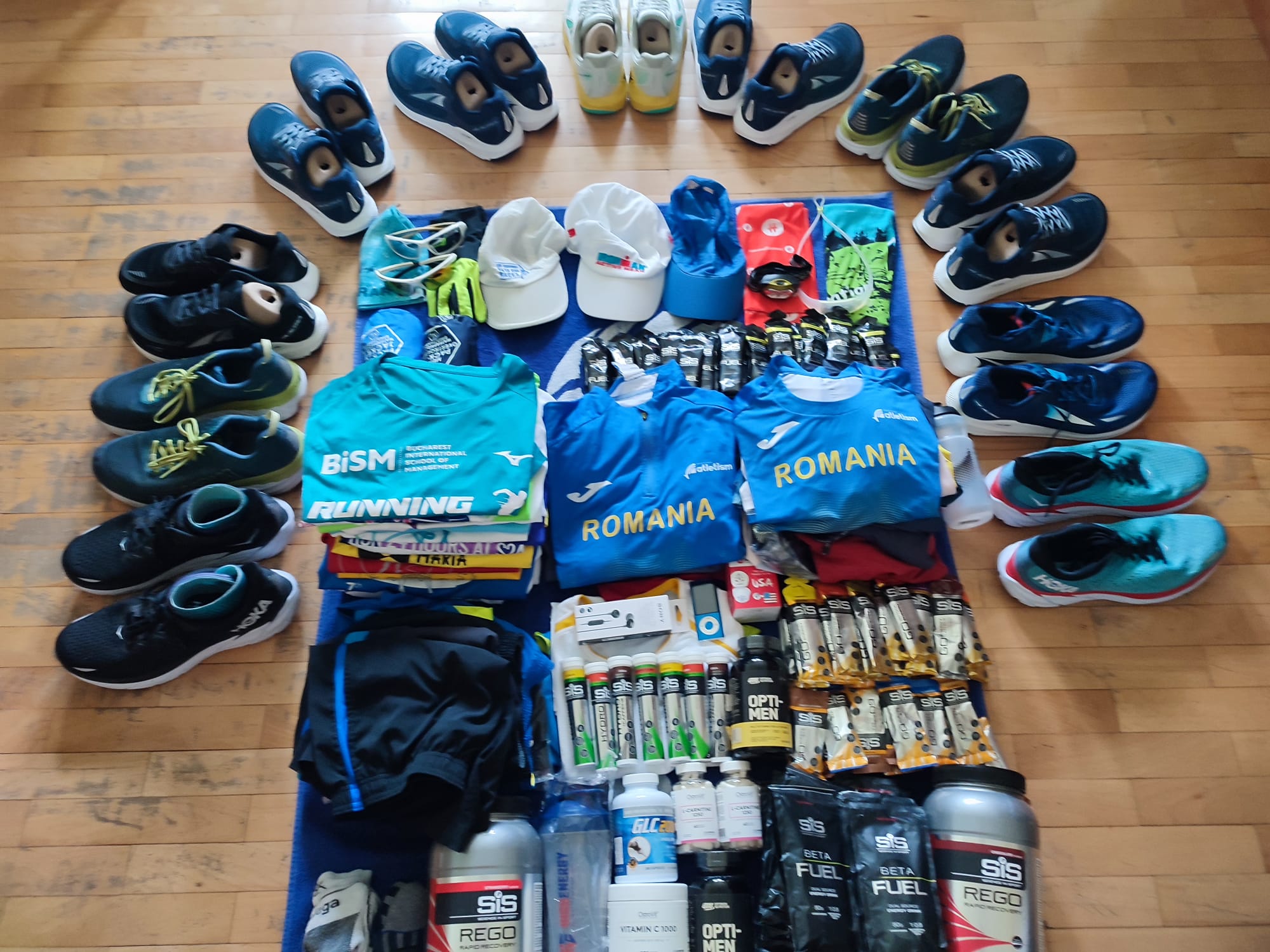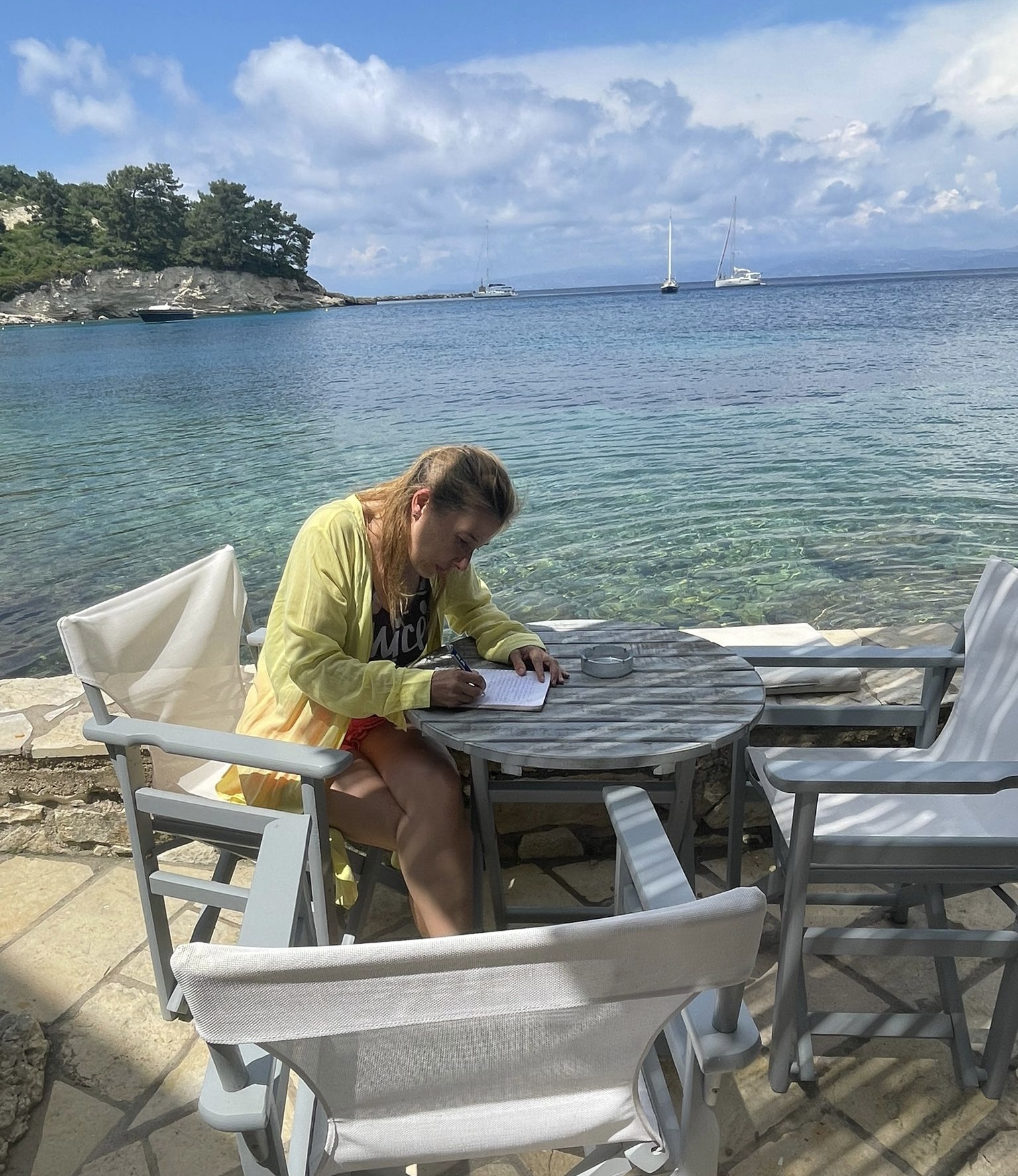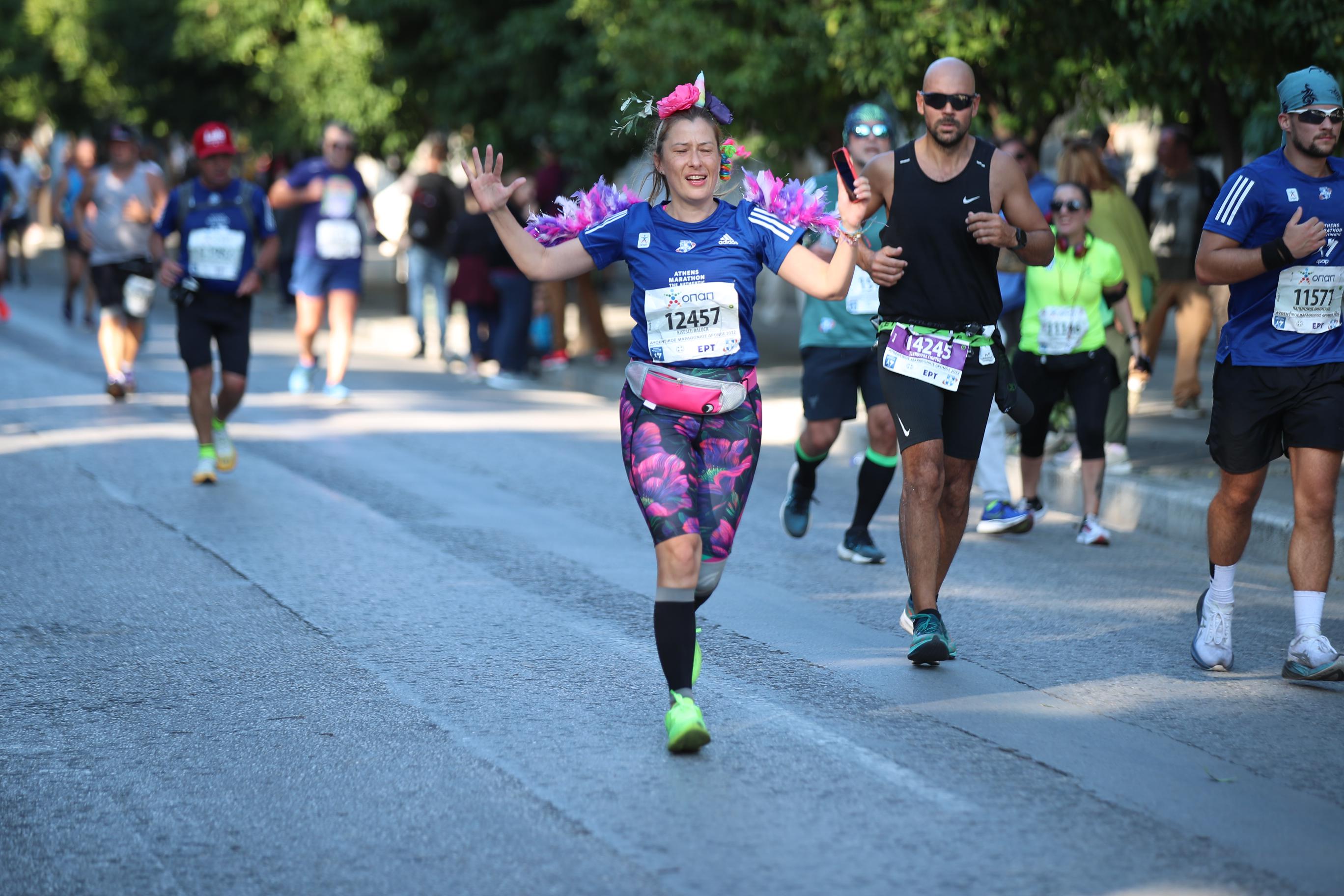The Future of Media conference in Bucharest: some notes and thoughts after being a moderator for Innovation & Marketing Panel

The Future of Media conference in Bucharest: some notes and thoughts after being a moderator for Innovation & Marketing Panel
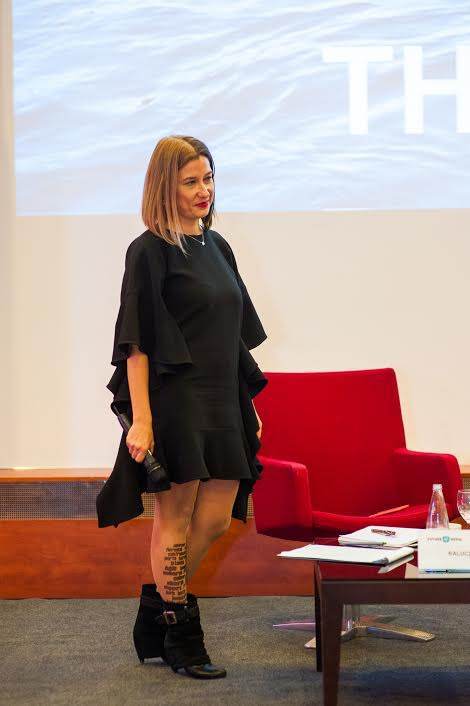
Mind my joke, but I loved calling myself a moderator of the future, as I was invited to moderate the Innovation & Marketing panel from the Future of Media conference. That was my first time as an independent consultant and I kinda screwed it up. Mind again my inappropriate business language, but this was my feeling after I finally managed to shut them all up after precisely forty five minutes since I should have done it. The consequences are obvious, needless to mention, this is why I do my apologies here with a practical notes and thoughts for those who did not attend but are interested about the future and future of media in particular.
Before my panel, I was half ears (because I was late, so I missed part of the discussions) to the one about Media & Advertising. These were the main ideas, including numbers:
- the media market will continue its growing next year, however in a rather moderate percentage (around 5%) compared to 2016 where a 10% was not confirmed, but articulated
- TV keeps its two thirds of the cake, decreasing 1 pp YOY
- the highest increase in percentage points would come from digital - nothing new, as if I would be telling you that next year sun will still rise from the East
- the content will explode in various forms, making the absorption of more than half of it almost impossible. There were even discussions about robot written news from BOTs and fiction movies with 100% VR production. Do not worry, there is still the storytelling mass trend and the programmed storyteller has not been produced yet:)
- the measurement will improve, covering the integrated offline and online campaigns, the overlap between video and TV and many more. This is something that big spenders have been waiting for years, as the lack of measurement usually translates in lack of trial.
Now, back to my panel, I had the challenge to mix and match three different types of speakers and presentations (one integrated marketing consultancy, one creative media agency and a more than 4 billion valued news and entertainment group, producing content across multiple platforms):
- The results reveal from a research about the media consumption trends
- Three popular, on-demand trends and how to use them commercially wise: Live Streaming, The Beauty of Imperfection and Snapchat
- The serious plea on storytelling opposed to content or even worse non-tent, with practical examples from co-created campaigns with NN Insurance and J&B
My notes and thoughts, mixed together between the three discussions are:
- The average hourly media consumption does not vary extremely between age groups: from 13.5 hours daily for the 16-24 age group to 14.7 for the 45-54 age group with a maximum of 14.8 for the 35-44 age group. The difference comes from their preferred channels and I am not going to repeat the obvious, but even the 45-54 age group has the internet as the second chosen channel after TV. Having this info in mind, I would assume that more quality and tailored-made content for the more mature groups would pay off.
- The top three media interests for the 14-16 age group are social networks, youtube and reading. Who said reading is no longer an interest for the younger generations? I would challenge the video content producers to do more of funny reading & learning for young lads (imagine any famous Vlogger reproducing content from famous novels instead of focusing only on make-up, beauty, fashion, gadgets, bla, bla)
- Again and again, 9 out of 10 get their information from their smartphones in order to make an acquisition. Why not co-creating more valuable content by placing together the online shops and the content platforms/hubs?
- Live streaming is already mainstream, having its priority in newsfeed notifications and a potential in organic reach. However, no matter how live it may seem, it has to have a plan behind, otherwise the effects will be a disaster. Five easy steps will help: interact with the audience, make it a team of 2 people for easiness, build a script and rehearse it, repeat during the live who/why/what for, make it visually attractive and last but not least EDIT it before posting.
- Not only the live streaming should be planned, but even some mistakes which, according to the imperfection empathy effect, would increase the immediate interest (check more on Pratfall effect, thanks Claudia Chrilescu for the tip)
- So much about the millennials, but did you realize that they are the commercial generation, stuffed up with ads after ads telling how good I, the brand am? Now it is their turn and they turn their back to the brand.
- The long time used principle of audience-ecosystem-brand role is forced to change into empathy-emotion-connection. Moreover, any story has a tension which comes from a conflict, so do not sell me fairly political correct stories anymore, cause I will not buy (not even me, who I am not a millennial;)
- Working with real people for real stories means that VICE is having 90 contributors across the country who are ready to deliver authenticity under all terms and mainly not from the google search button
- Create different memory structures as per Byron Sharp’s How Brands Grow book
My ideas afterwards:
- Encourage reading vlog aimed to youngsters with their favorite endorsers to encourage all good books reading and discussing
- Mix & match eshops with content producers to generate more relevant, more behind the basic benefits knowledge content for their customers
- Fake news with a social purpose - based on the recent debates about the fake news on social media and the US elections. What if somebody coordinates a fake news campaign around December 11 - the Romanian Parliamentary Elections day - about some astrological & horoscope imminent conjunctions that would produce serious effects if people are not going out voting? :)
Welcome to the future, welcome to 2017!







